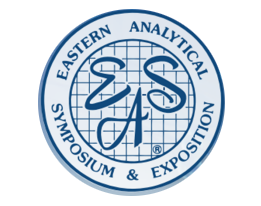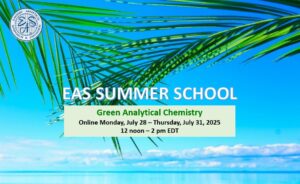One-Day Course
Monday, November 14, 8:30am-5:00pm
Dr. Jerry Messman, Stranaska Scientific, Fort Collins, CO
COURSE DESCRIPTION
Analytical measurements play an important role in the scientific quantitative analysis of many types of forensic samples and trace evidence. The interpretational value and scientific validity of analytical measurement results introduced in court cases through expert witness testimony can impact bench and trial outcomes. As an enabling science inherent in sound laboratory operational systems, metrology provides the rigorous basis for the scientific credibility and defensibility of measurement results when they are challenged through intense direct and cross examinations. This course provides a basic introduction to chemical metrology and its relevance to the many facets of the overall analytical forensic measurement process involving quantitative chemical analysis. Courtroom outcomes involving the application of metrology in the determination and reporting of breath and blood alcohol content, seized drug testing and chemical analysis in other forensic science disciplines will be presented.
WHO SHOULD ATTEND
This introductory one-day course will benefit forensic science students, crime laboratory analysts and supervisors, criminal defense attorneys, young prosecutors from district attorney offices, judges, quality assurance personnel and laboratory accreditation auditors
TOPICS
1. Overview of the Science of Metrology
* Concepts and Terminology
* Key Organizations and Documents
* Quality Assurance and Laboratory Accreditation
2. Lack of Metrological Systems in Forensic Laboratory Operations
* Scientific Misconduct and Fantasy Forensics
* Faulty Expert Witness Testimonies
* High-Profile Laboratory Misconduct and Flawed Metrology
– O.J. Simpson Case
– Casey Anthony Case
– FBI Laboratory Scandal
* Wrongful Convictions – Innocence Project
3. Improving Forensic Testing with Sound Science and Metrological Controls
* DOJ/NIST Forensics Initiative
– OSAC
– Forensic Science Error Management
– Quantifying the Weight of Forensic Evidence
* ASTM Forensic Science Standards
4. Metrological Relevance to Forensic Measurement Traceability
* Reference Material Artifacts – Calibration Hierarchy
* Analytical Method Validation
* Analytical Instrument Qualification
* Measurement Uncertainty
5. Metrological Relevance to Forensic Measurement Uncertainty
* NIST 8-Step Process
* Drug Chemistry
* Toxicology
6. Recommended Metrology Practices in Forensic Science Testing
* Breath and Blood Alcohol Content
* Drug Chemistry
* Trace Evidence
ABOUT THE INSTRUCTOR
Jerry Messman earned a PhD in analytical chemistry from the University of Maryland (College Park, Maryland USA). Jerry’s professional career in analytical chemistry and metrology includes dual tenures as a Research Chemist with the National Institute of Standards and Technology (NIST), formerly the National Bureau of Standards (NBS), where he participated in the certification of chemical Standard Reference Material (SRM) artifacts. Jerry also directed the NIST certification and renewal of hundreds of optical SRM transfer artifacts intended for the performance evaluation and qualification of analytical UV/VIS absorption spectrophotometers. A growing part of his current responsibilities and interest involves educational outreach and consulting in forensic science where he instructs criminal defense attorneys and government agency stakeholders on the key concepts of chemical forensic metrology and its critical role in crime laboratory testing and expert witness testimony. Jerry is a qualified forensic expert witness in the Commonwealth of Pennsylvania.

